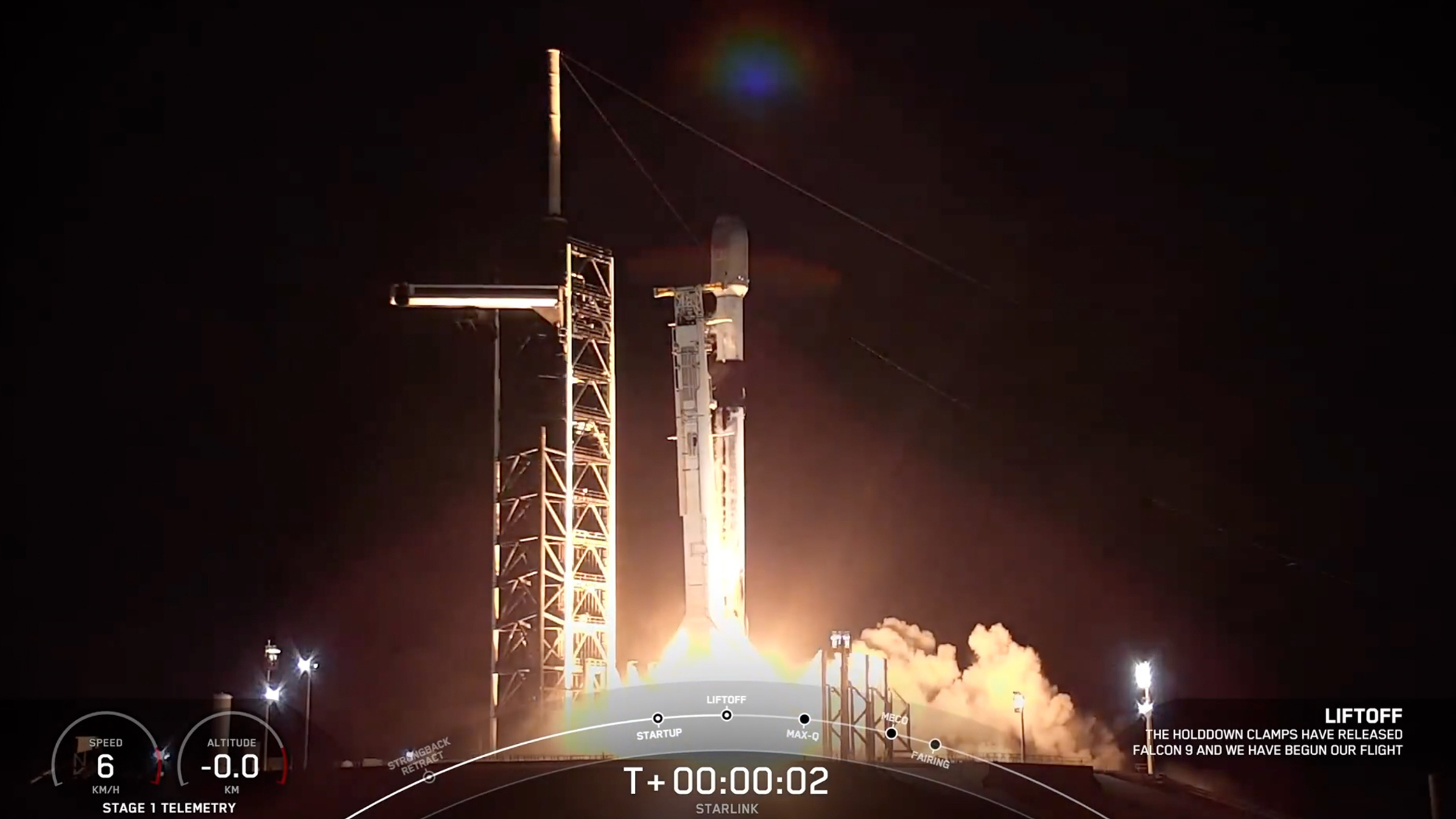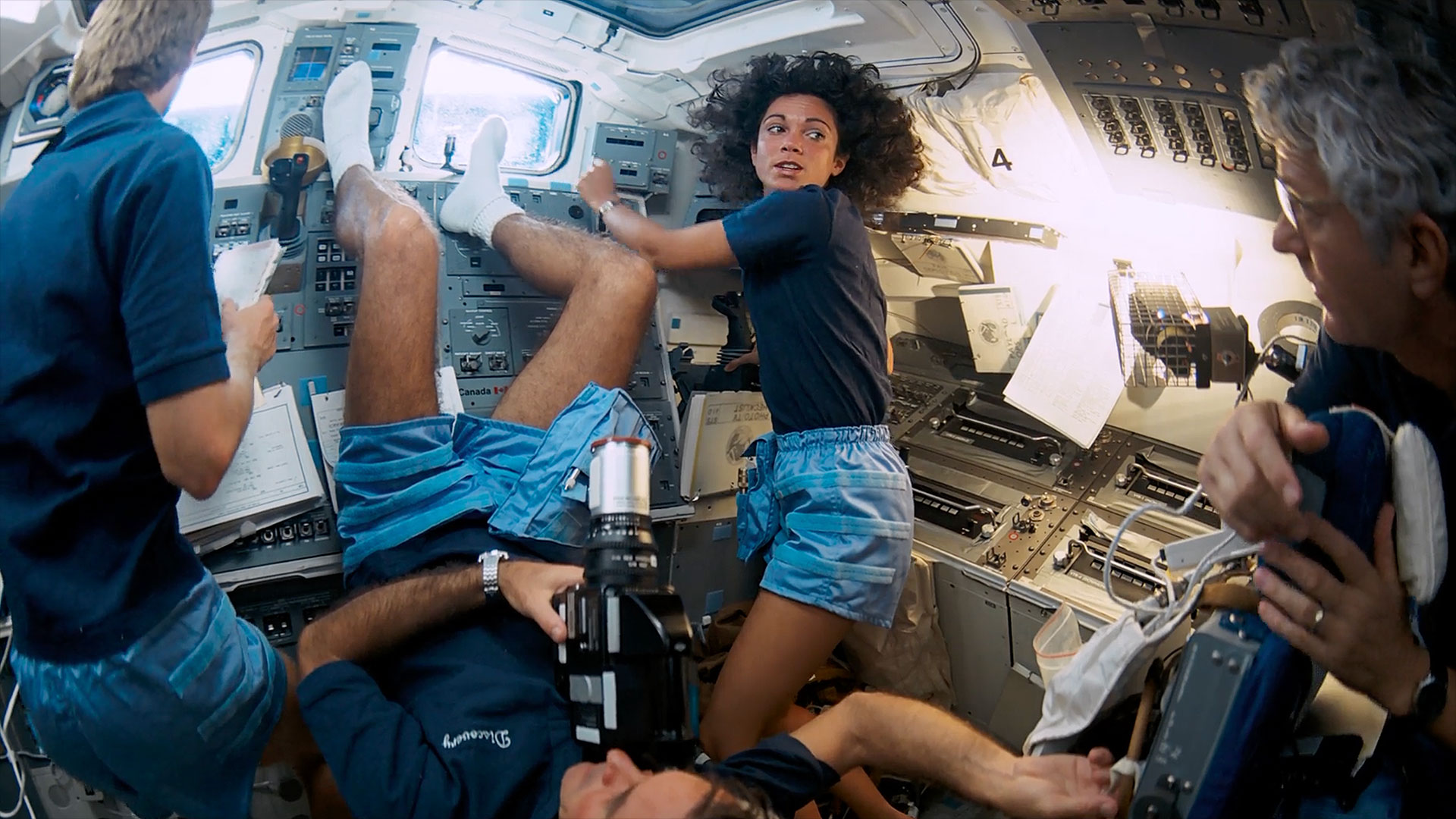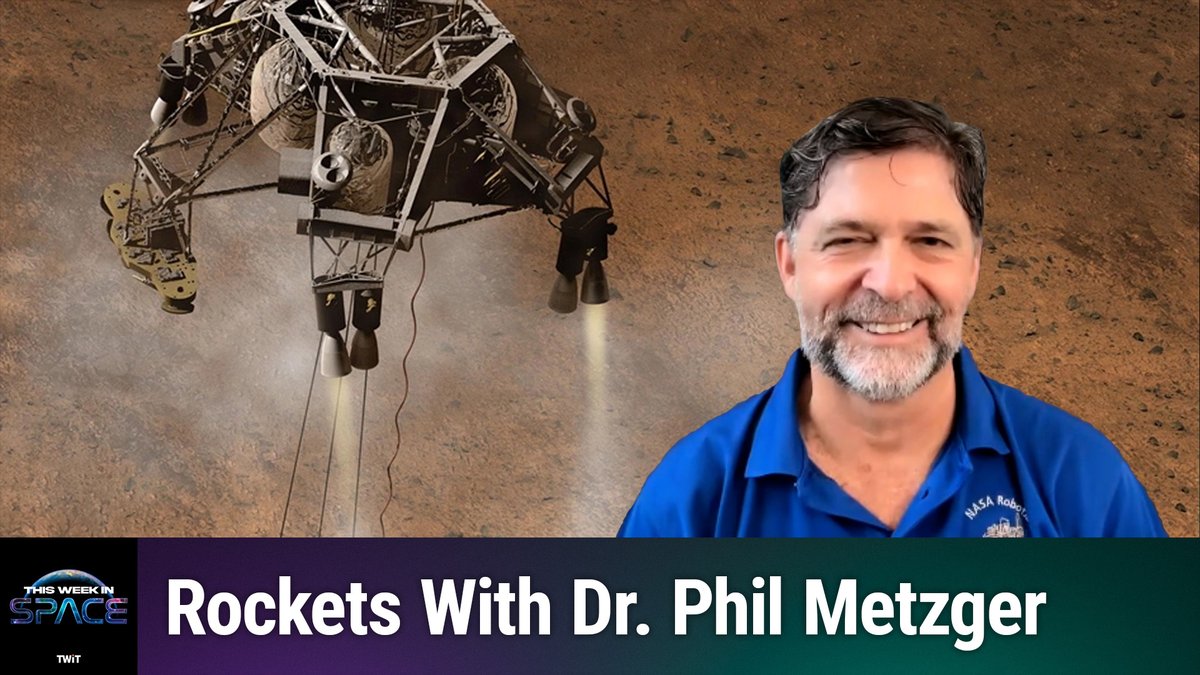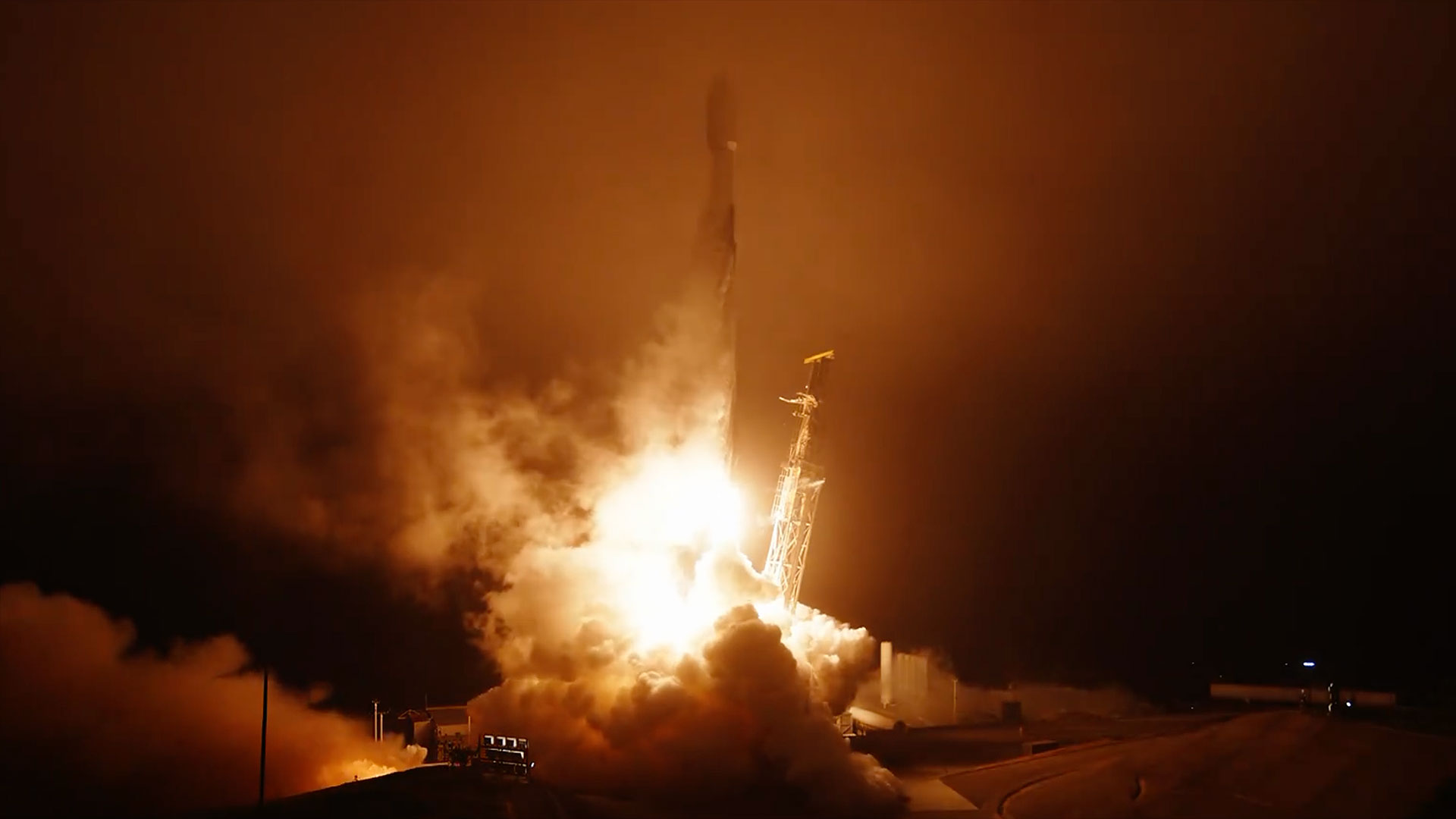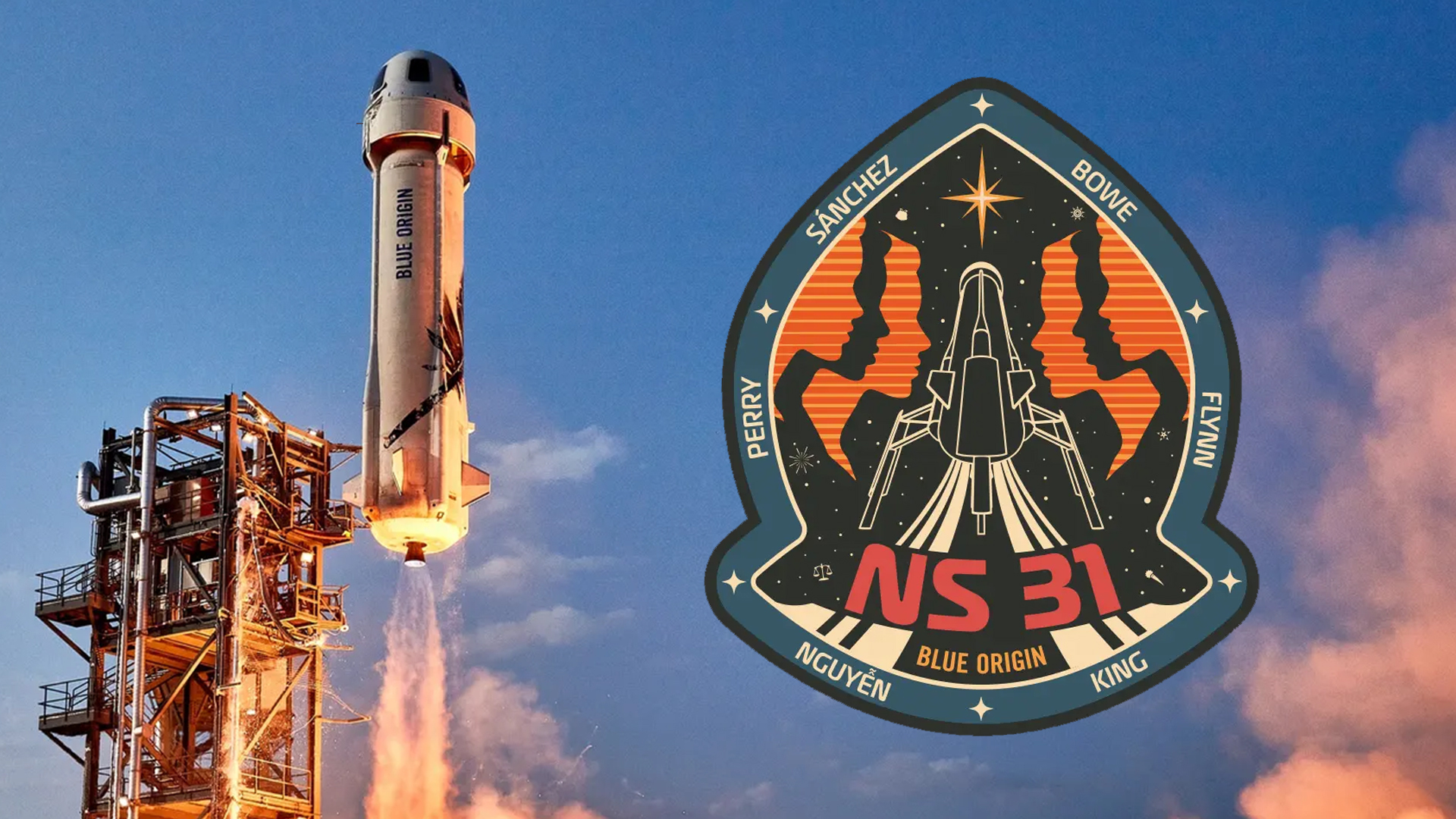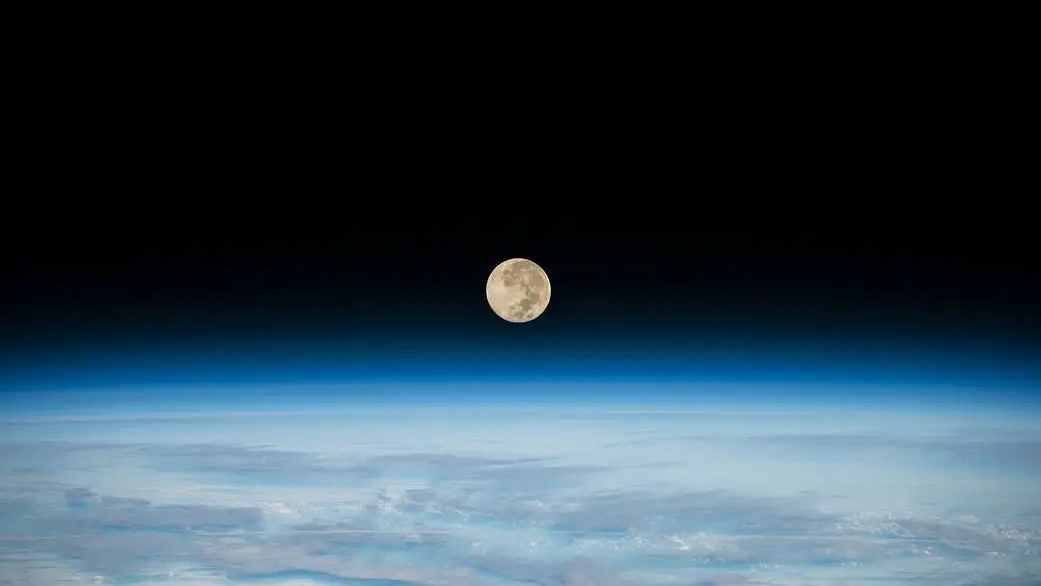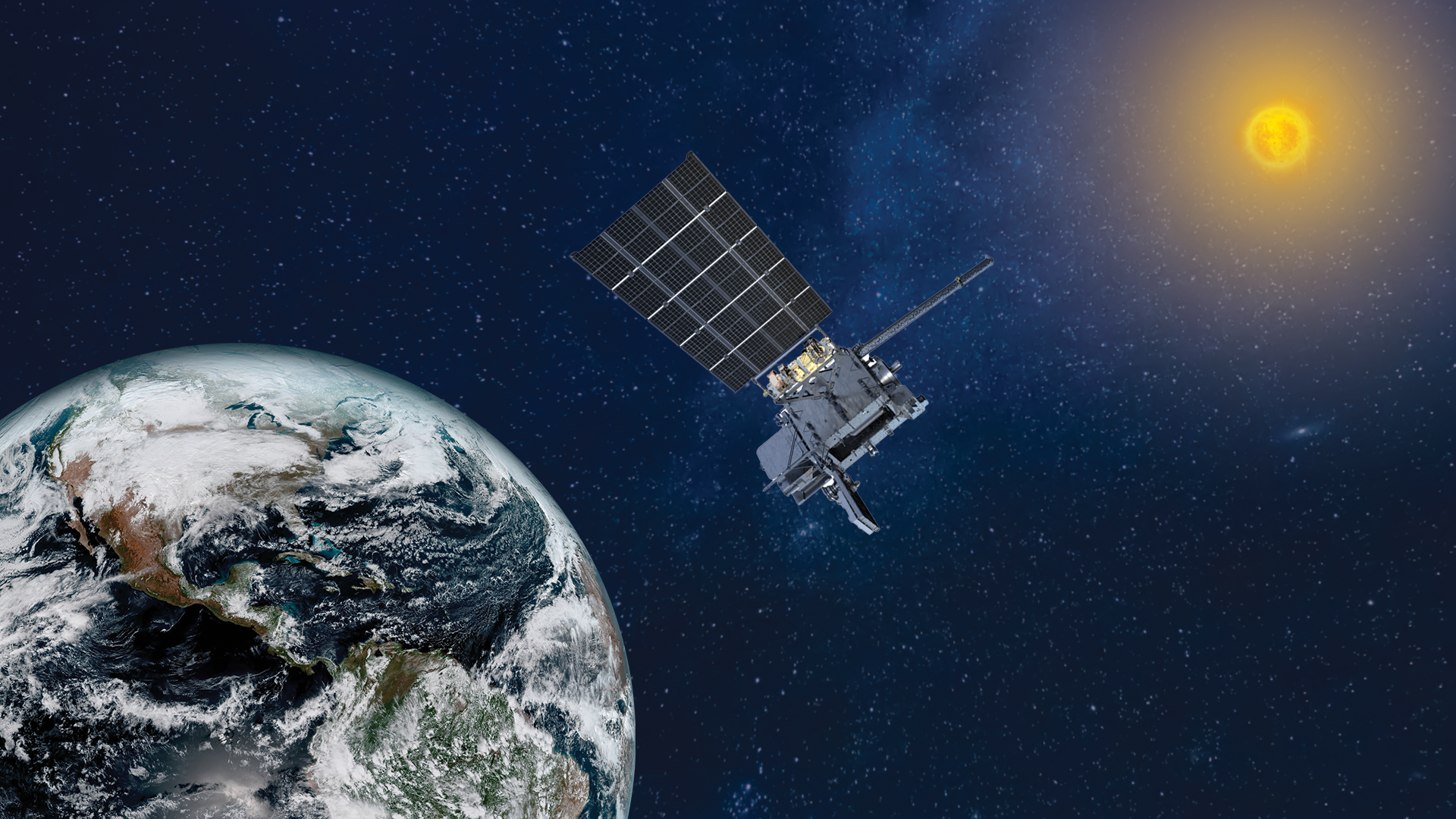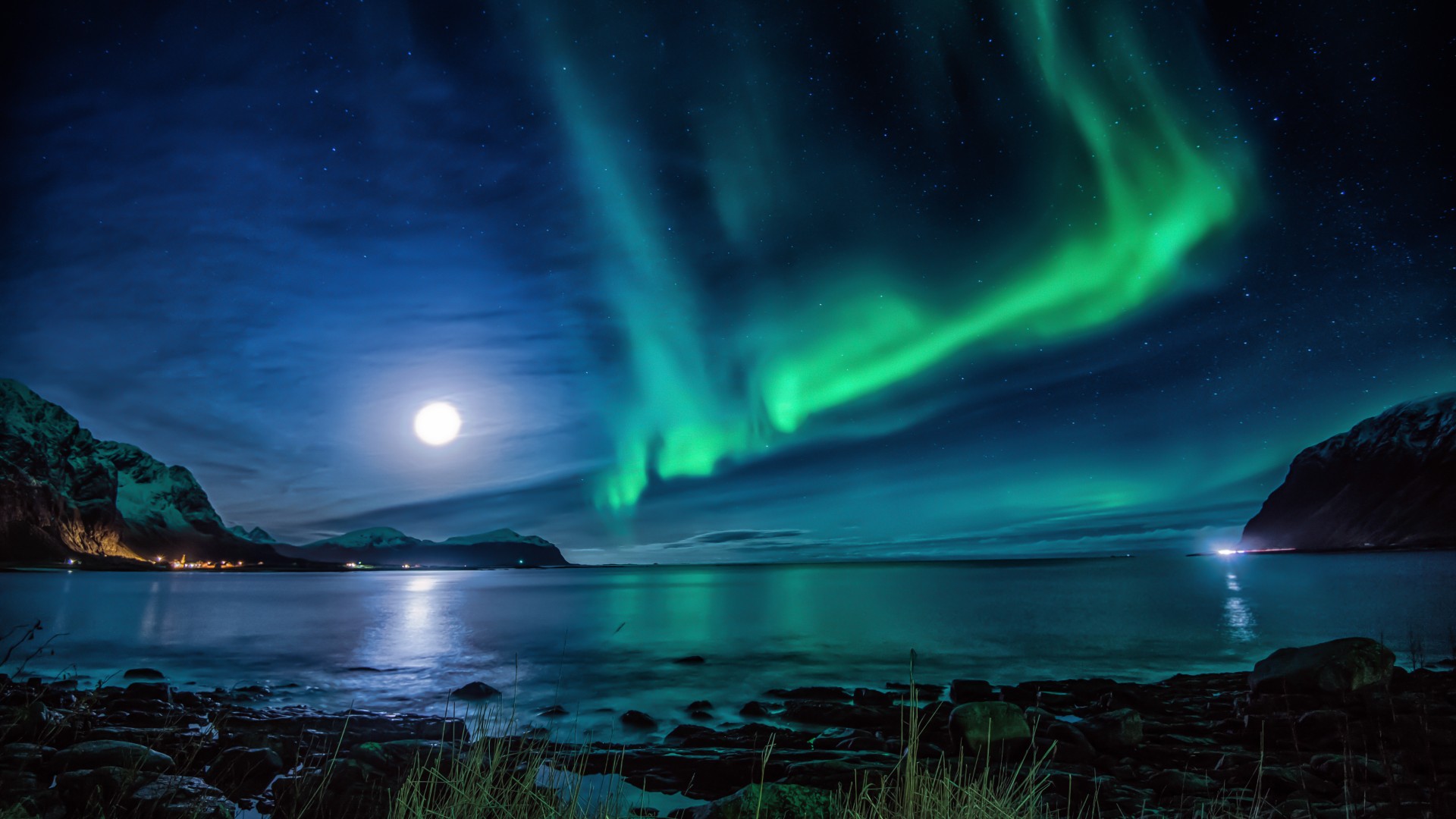Scientists 'dust for fingerprints' around a young star as it births exoplanets
Cosmic forensic experts are reconstructing the magnetic field around an infant star from the planet-forming disk of gas and dust around it.
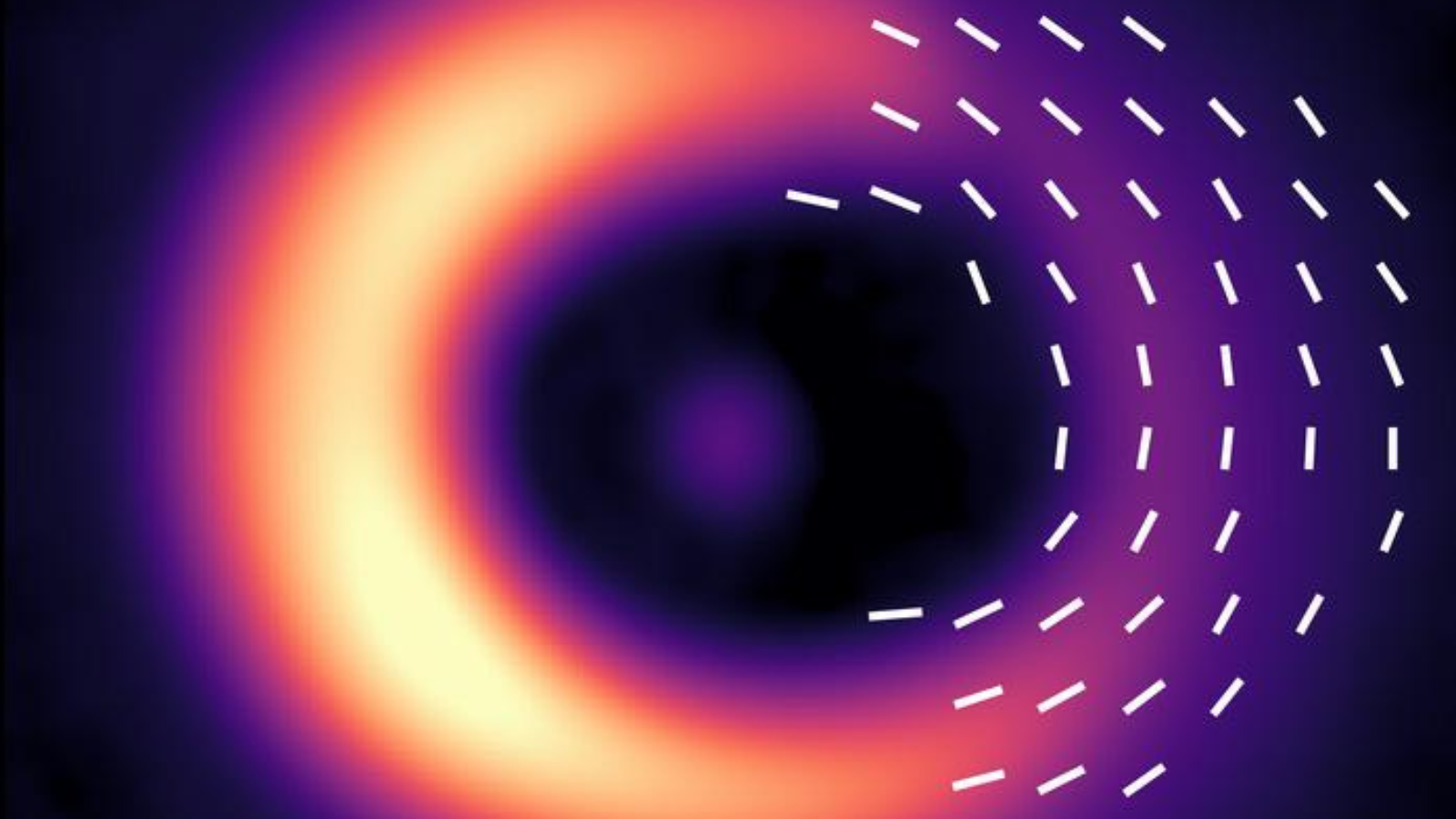
How do you dust a star for fingerprints? It's certainly a strange question, but a team of researchers think they have the answer. Their findings could help us better understand how planets are born.
Acting as cosmic forensic scientists, the astronomers used the Atacama Large Millimeter/submillimeter Array (ALMA) located in the desert of northern Chile to investigate the planet-forming disk of gas and dust around an infant star.
The team was able to use this dust to reconstruct a 3D "fingerprint" of the magnetic field structure around the star HD 142527, located around 512 light-years away in the direction of the constellation Lupus.
This is the first time such a reconstruction has been possible for a "protoplanetary disk."
"The magnetic fields in protoplanetary disks around young stars play an important role in disk evolution and planet formation," the team wrote in a new paper on these results. "Measuring the polarized thermal emission from magnetically aligned grains is a reliable method for tracing magnetic fields.
"However, it has been difficult to observe magnetic fields from dust polarization in protoplanetary disks because other polarization mechanisms involving grown dust grains become efficient."
How stars grow planets around them
Infant stars or "protostars" are formed when overly dense and cold patches in vast clouds of interstellar gas and dust grow large enough to collapse under their own gravity.
These protostars continue to accrete matter from their prenatal envelopes until the pressures and temperatures at their cores is sufficient to trigger the nuclear fusion of hydrogen to helium. This is the process that defines a main sequence star, such as the sun, which underwent this process around 4.6 billion years ago.
Get the Space.com Newsletter
Breaking space news, the latest updates on rocket launches, skywatching events and more!
This particular young star is surrounded by what remains of its cocoon of gas and dust, which has flattened out into a swirling protoplanetary disk.
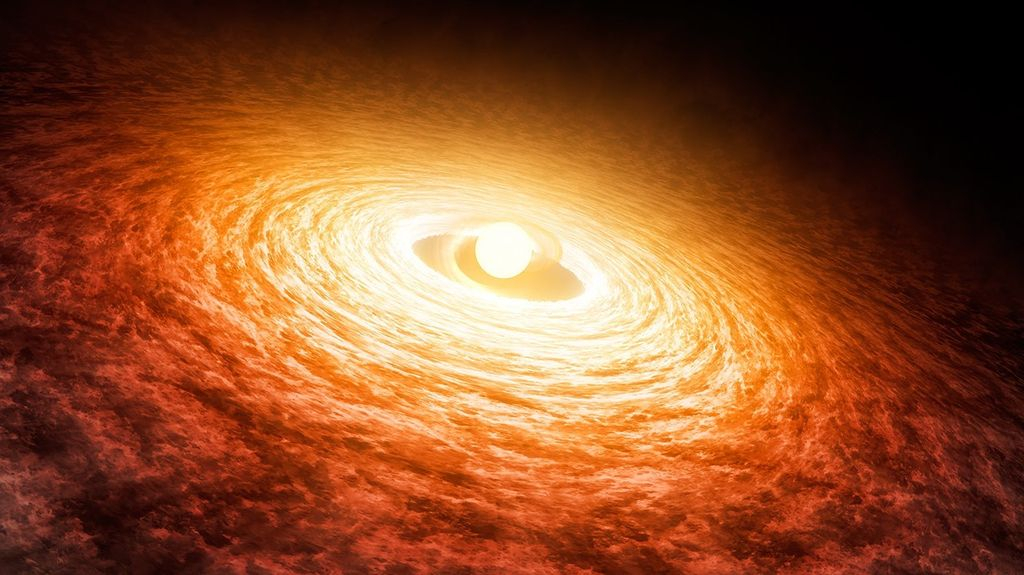
Planets are thought to begin forming in the turbulent conditions of protoplanetary disks when dust grains collide and stick together, creating larger and larger conglomerations of matter.
Though many forces and influences are thought to be at play in protoplanetary disks during the process of planet birth, one of the most important is believed to be magnetism. This means it is vital to understand the magnetic fields at play — but, until now, scientists have been unable to measure them.
ALMA was able to measure the polarization of dust grains in the protoplanetary disk of HD 142527 and thus measure the magnetic field of such a structure for the first time. Just as iron filings do when exposed to a magnet, the dust grains in this planet-forming cloud are aligned with magnetic field lines running through it.
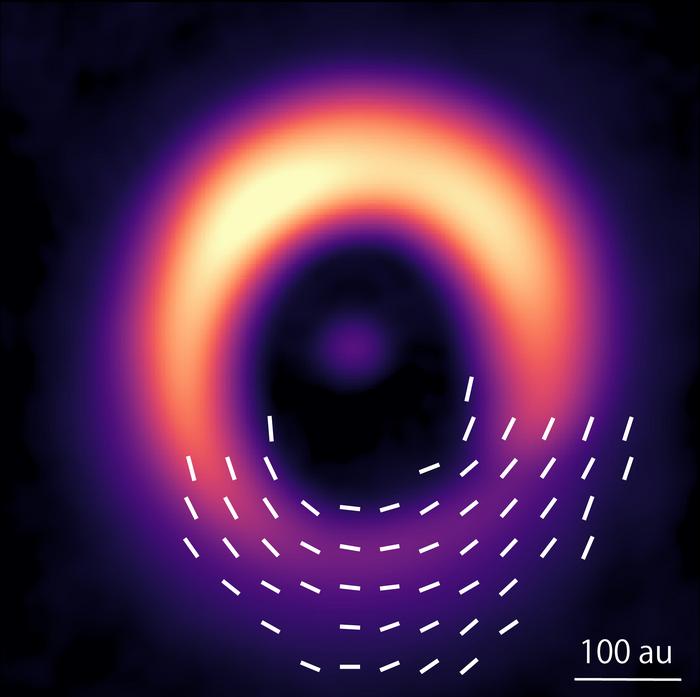
The white bars in the image above show the directions of the magnetic field, as revealed by the orientation of dust grains in the protoplanetary disk.
To give you an impression of just how remarkable this achievement is, the strength of the magnetic field is around 0.3 milligauss, while a typical refrigerator magnet has a magnetic field of about 1,000,000 milligauss!
The team behind this research theorizes that the magnetic fields they inferred by measuring the 3D structure of dust grains could be generating intense turbulence in this protoplanetary disk.
With this method of "dusting for fingerprints" around young stars in hand, the researchers aim to apply it to other stellar bodies. They also hope to test this method closer to stars at the hearts of these structures.
This should give scientists a more detailed picture of the conditions planets experience during their births.
The study was published on Feb. 5 in the journal Nature Astronomy
Join our Space Forums to keep talking space on the latest missions, night sky and more! And if you have a news tip, correction or comment, let us know at: community@space.com.

Robert Lea is a science journalist in the U.K. whose articles have been published in Physics World, New Scientist, Astronomy Magazine, All About Space, Newsweek and ZME Science. He also writes about science communication for Elsevier and the European Journal of Physics. Rob holds a bachelor of science degree in physics and astronomy from the U.K.’s Open University. Follow him on Twitter @sciencef1rst.
